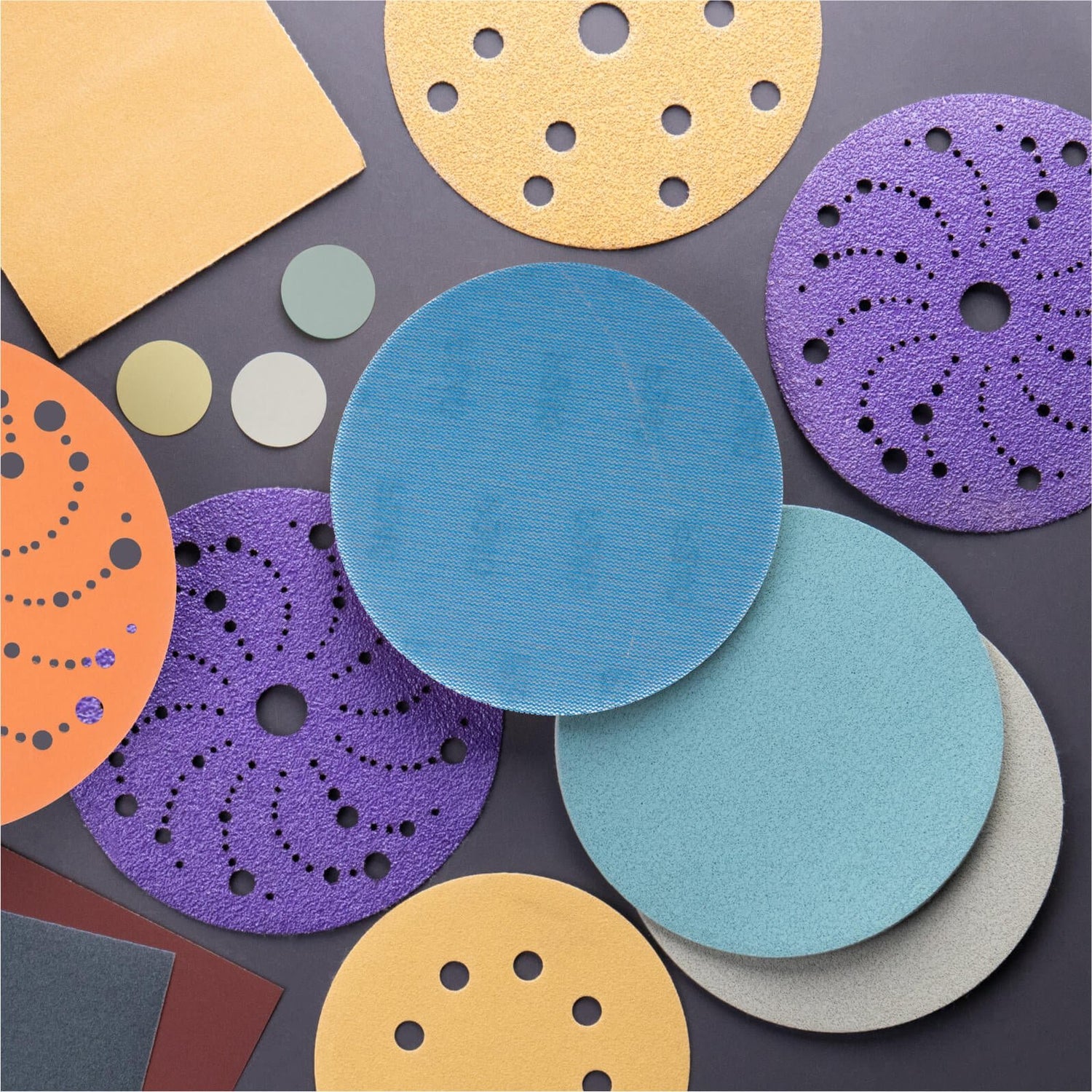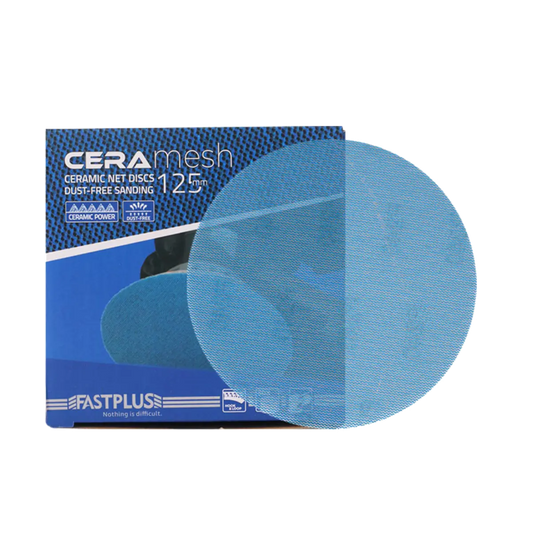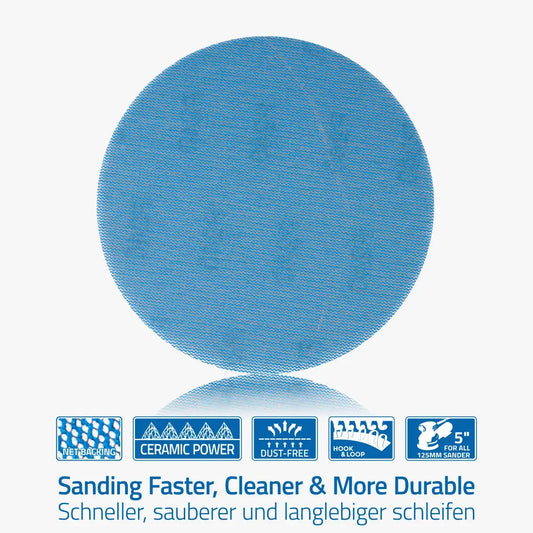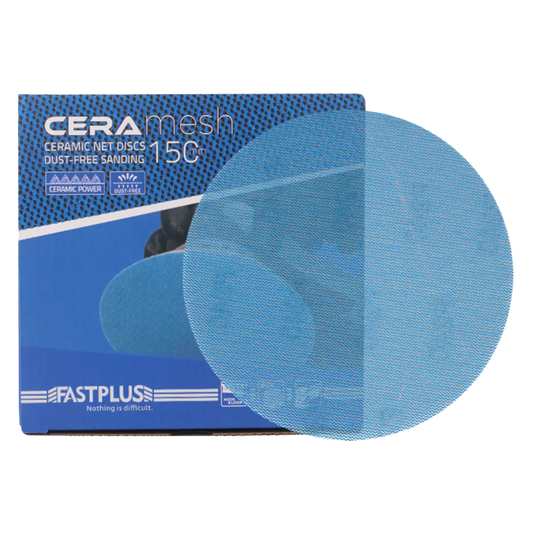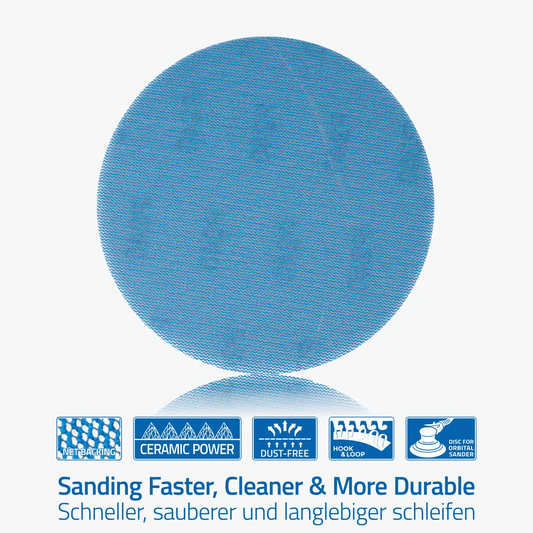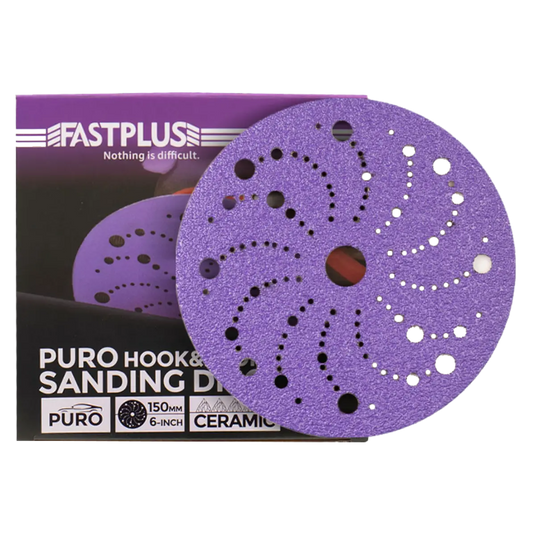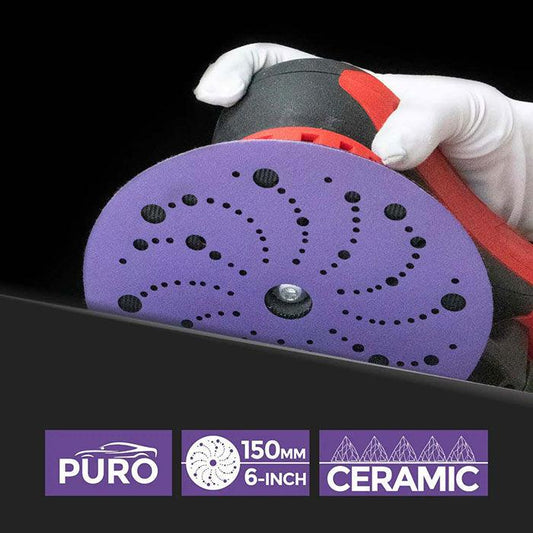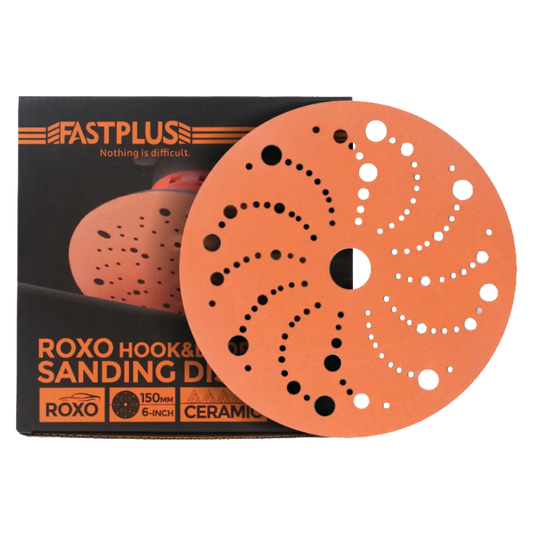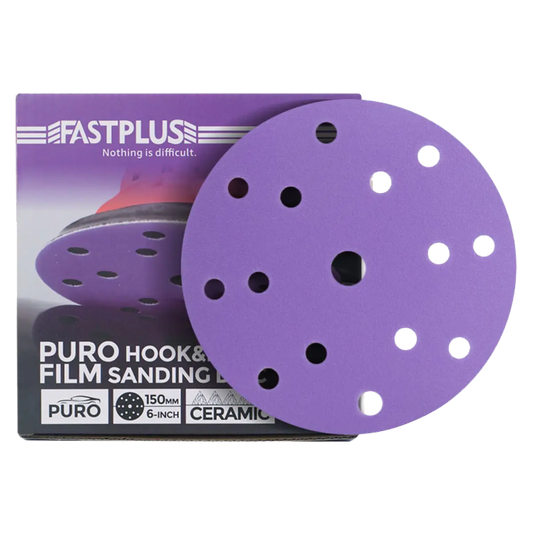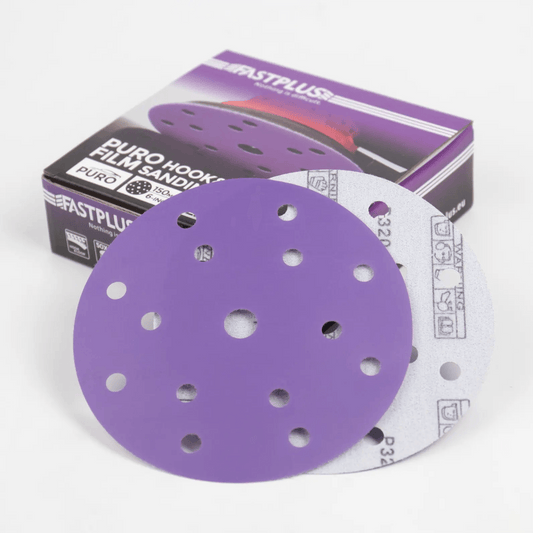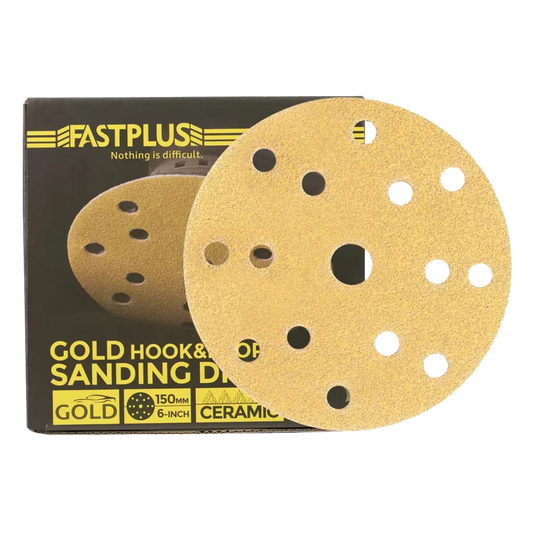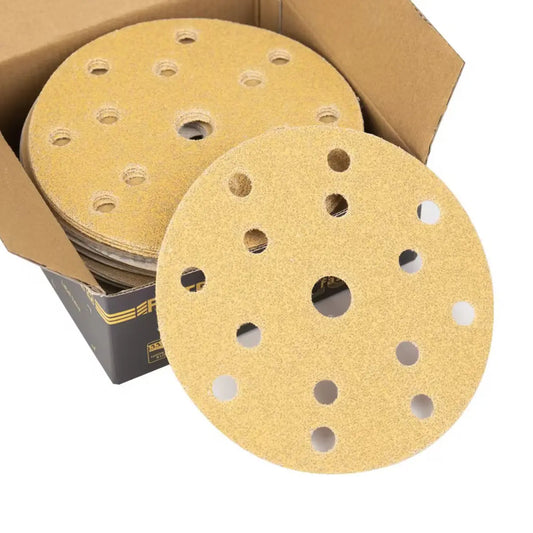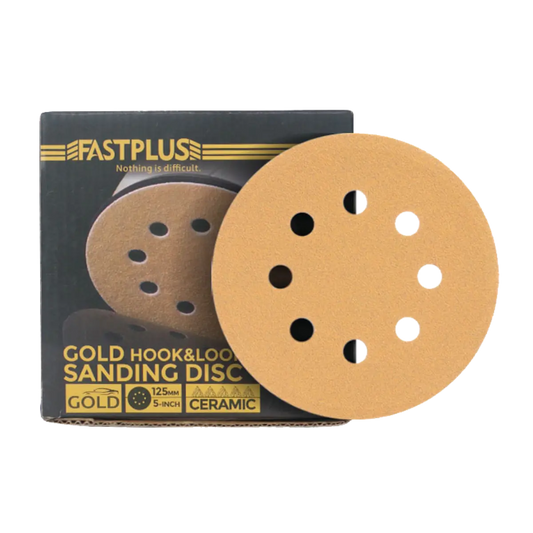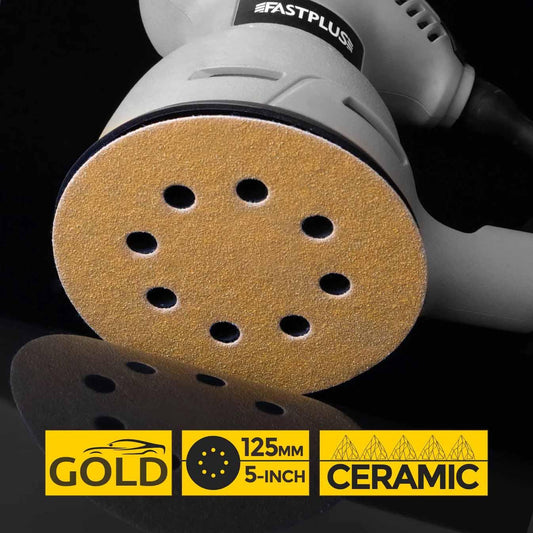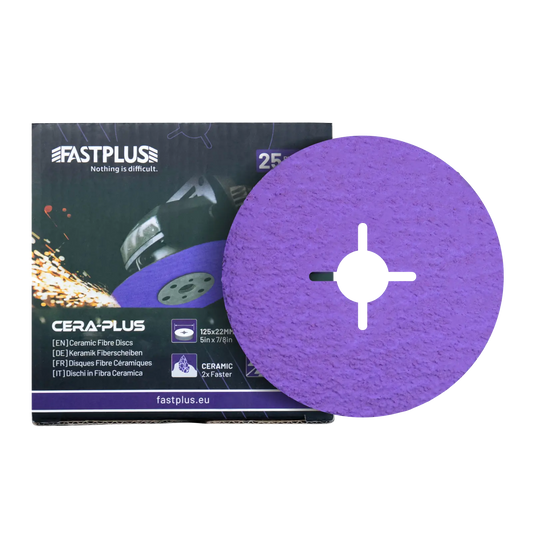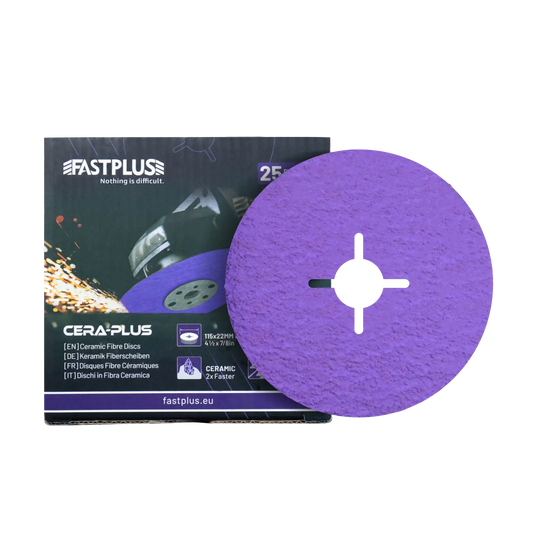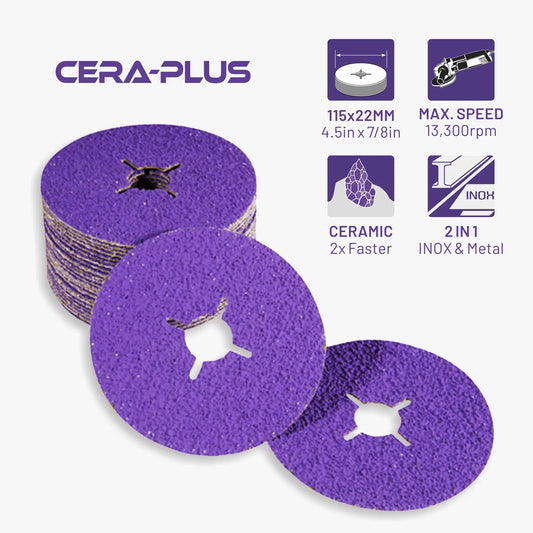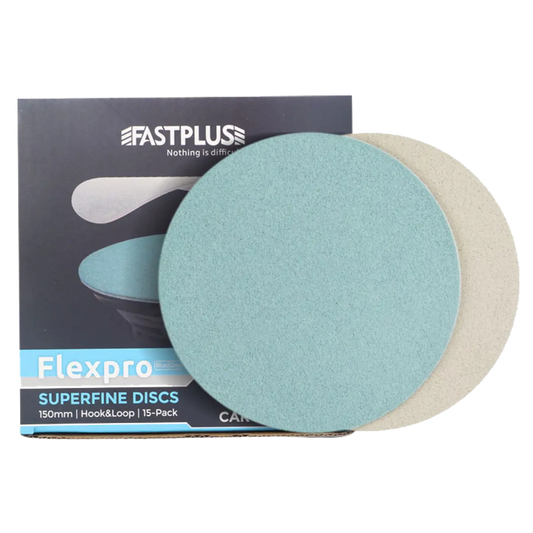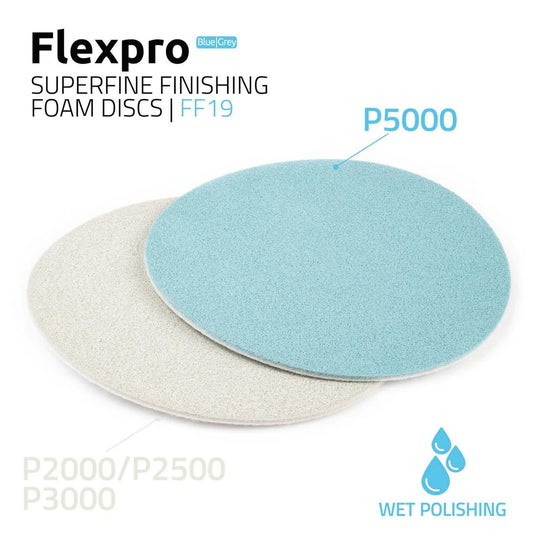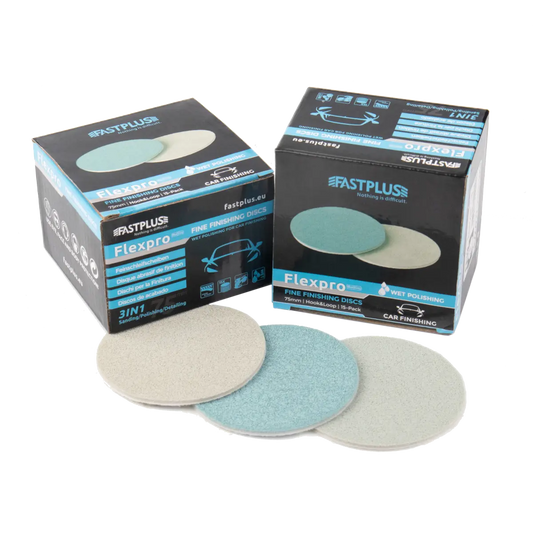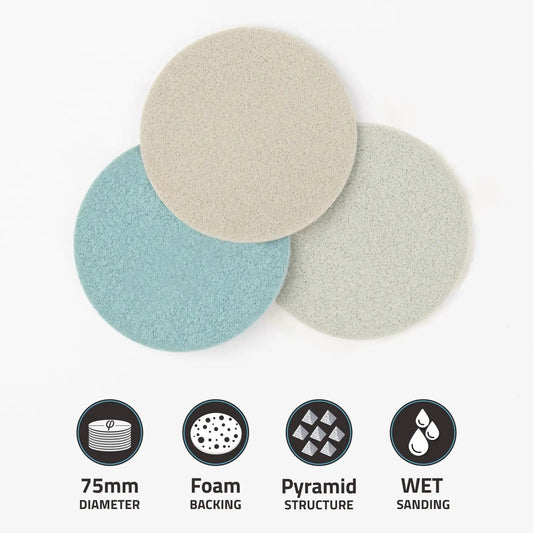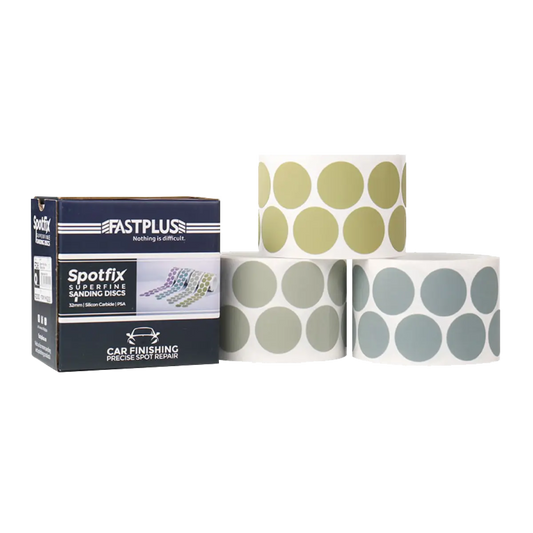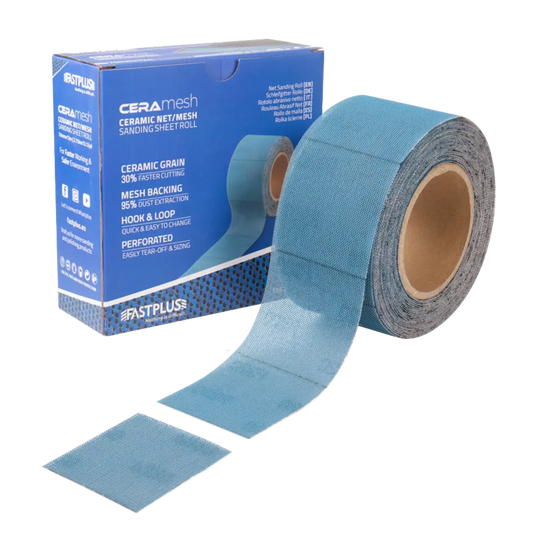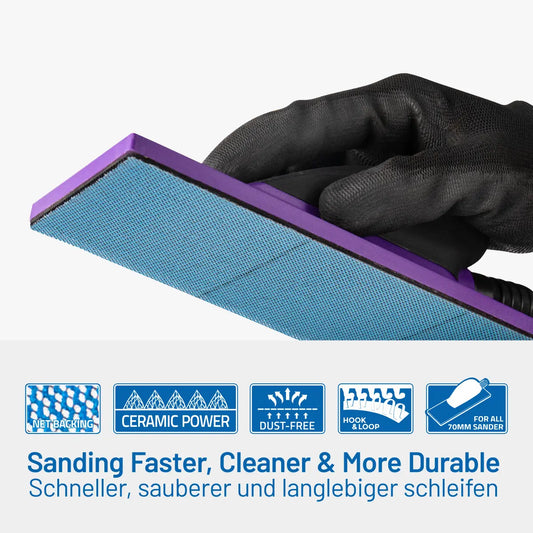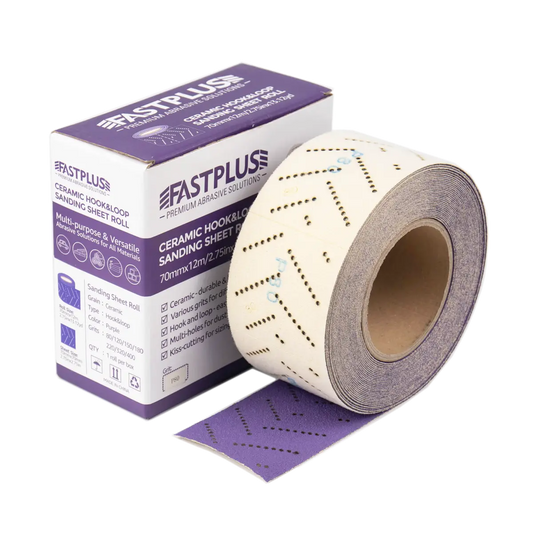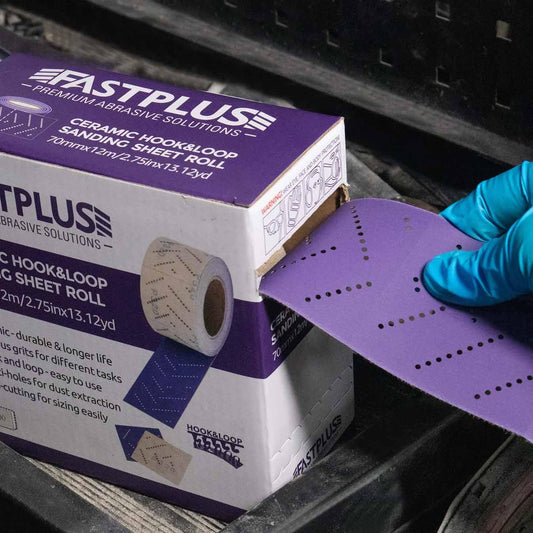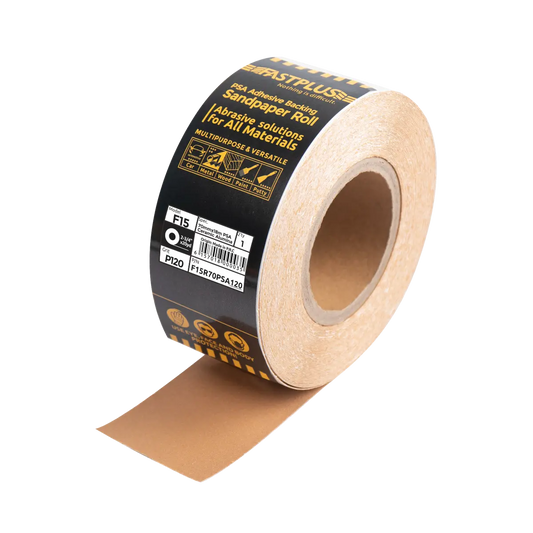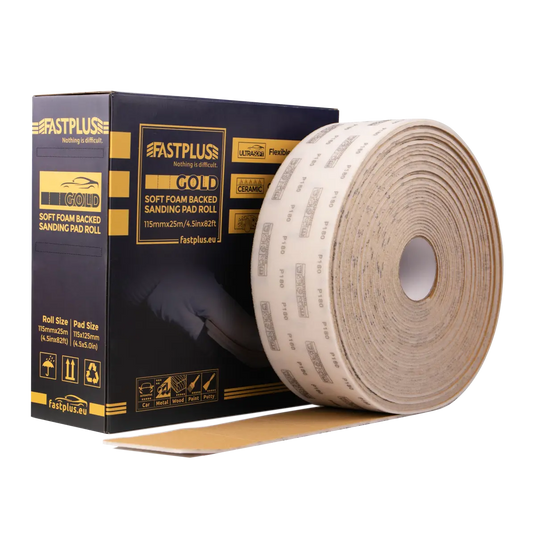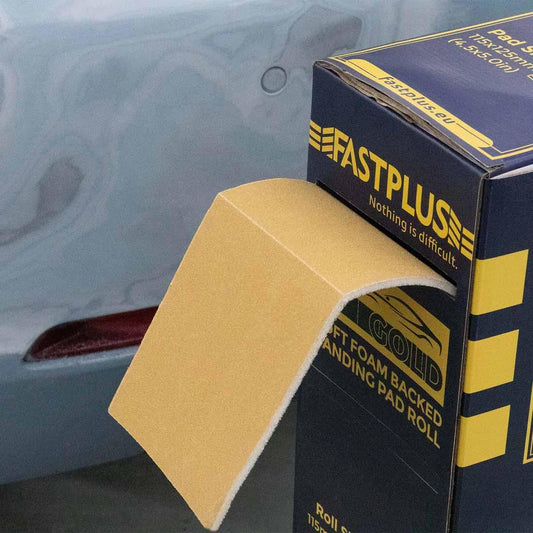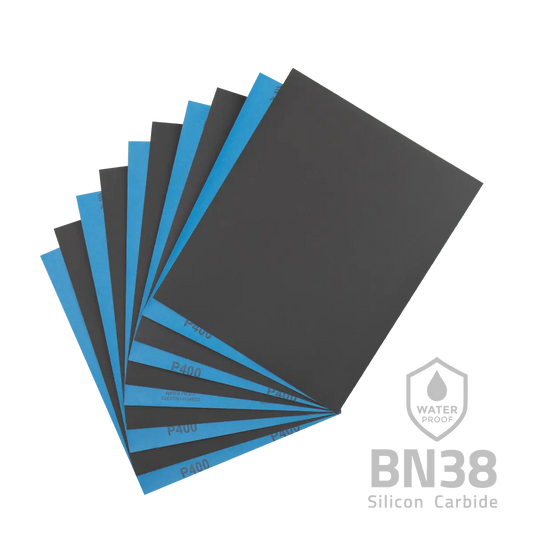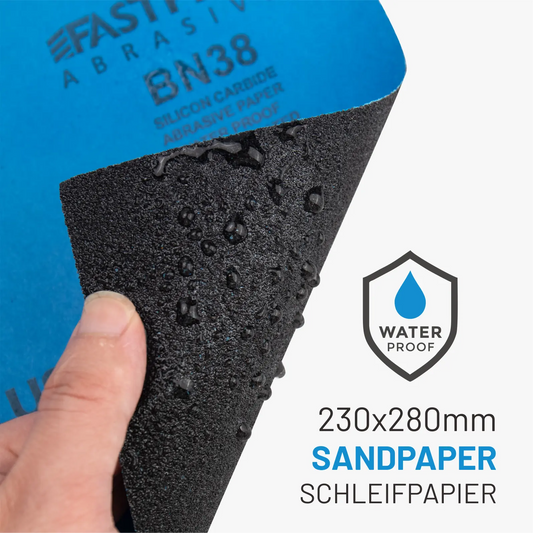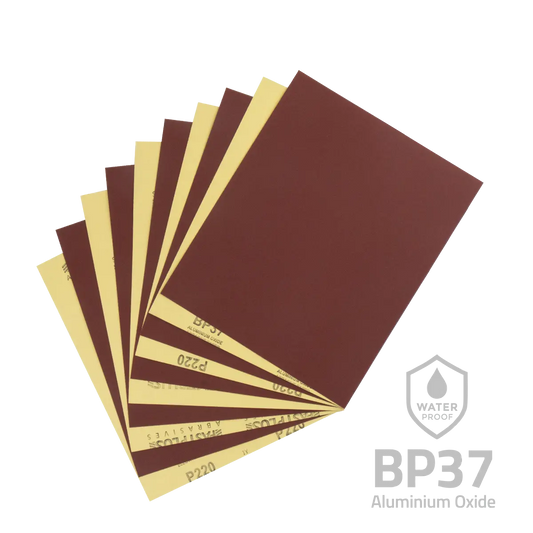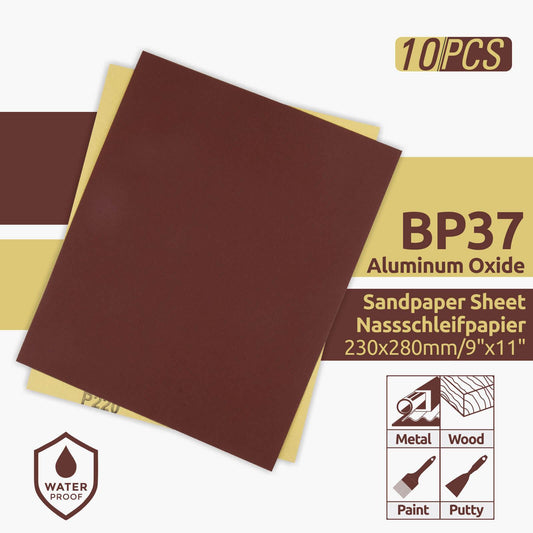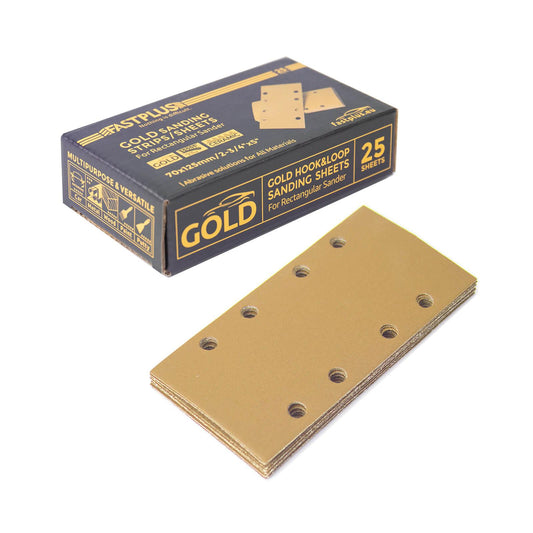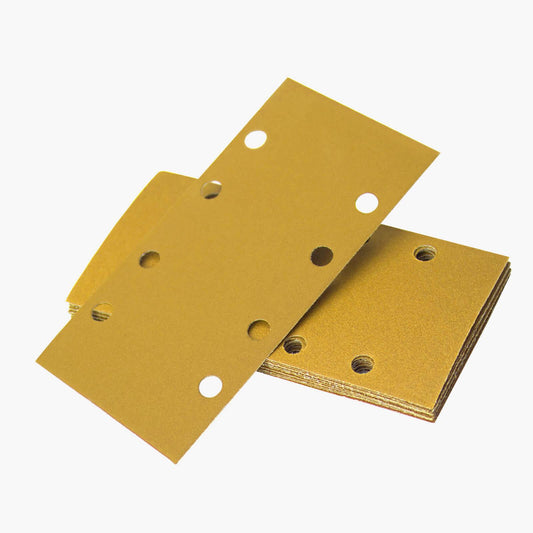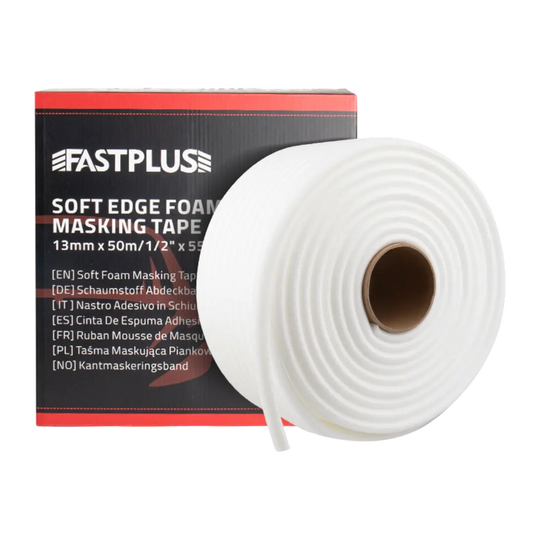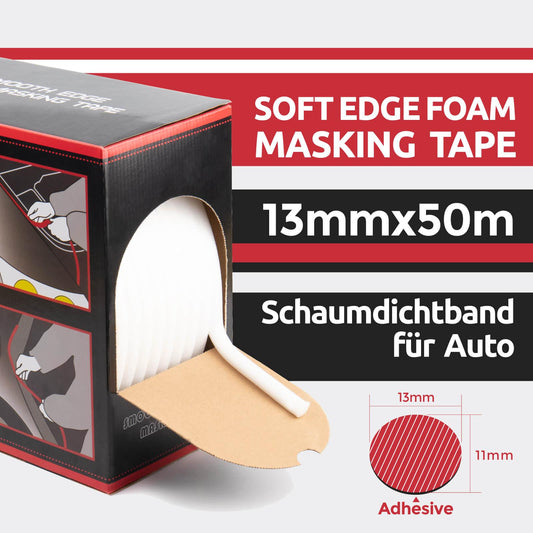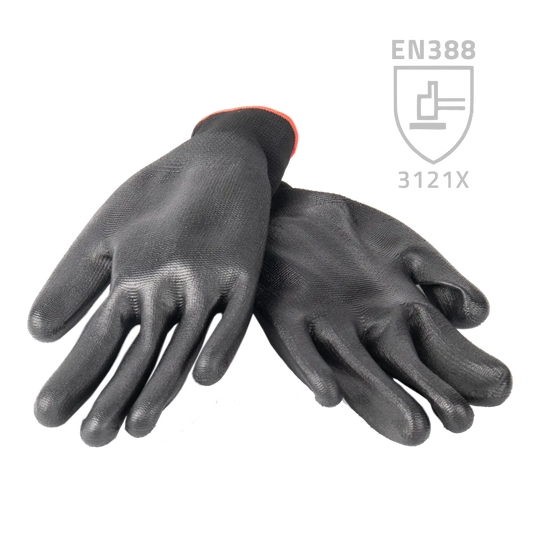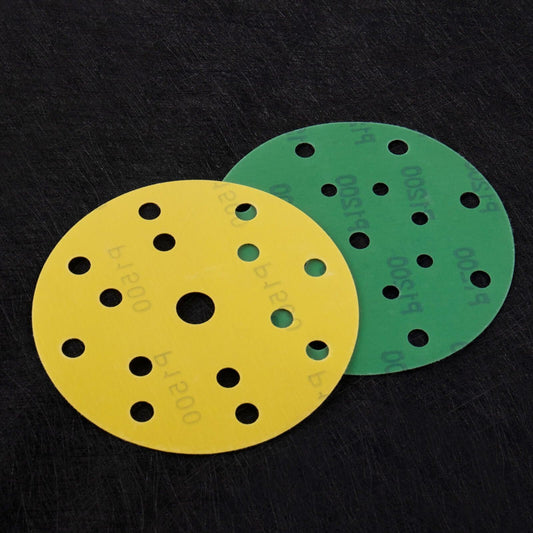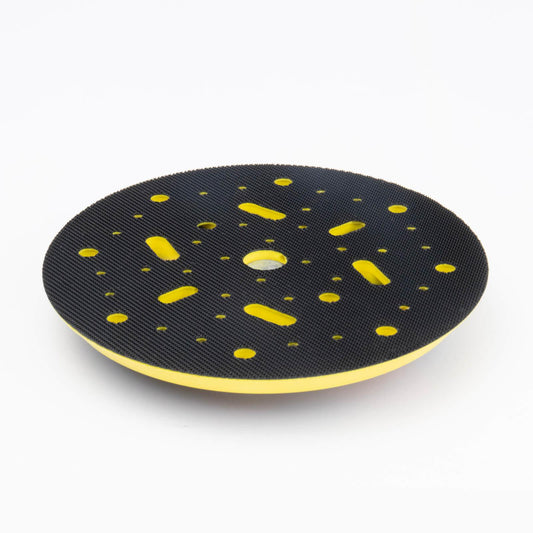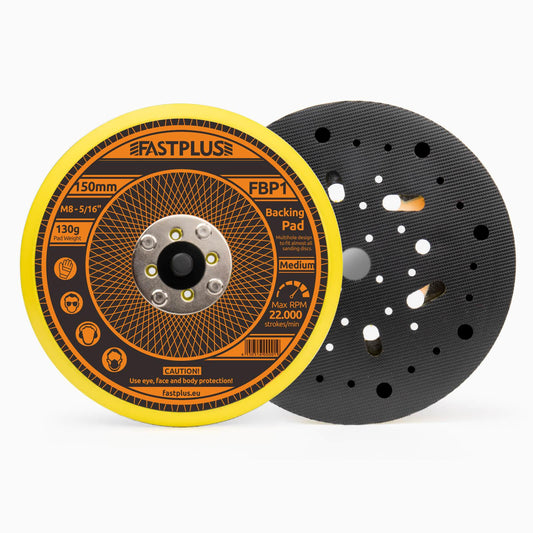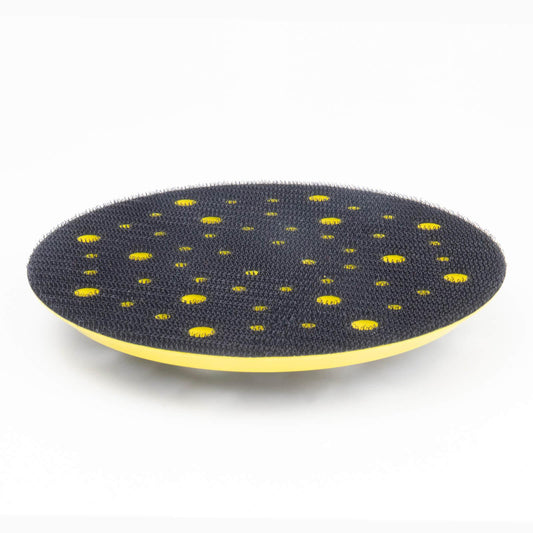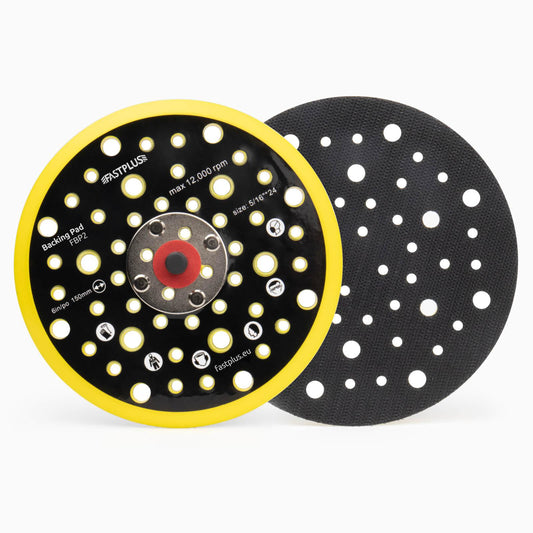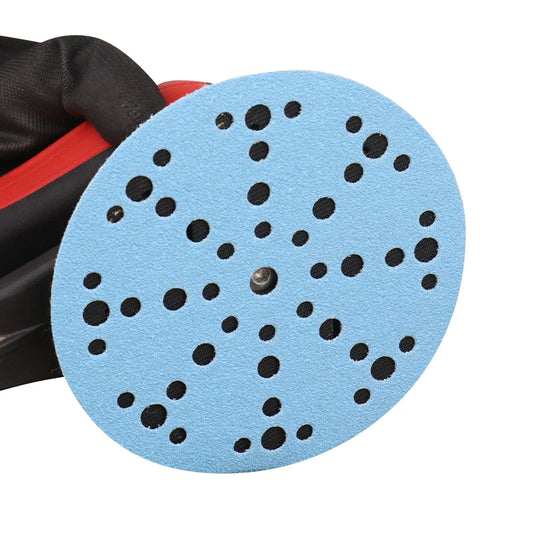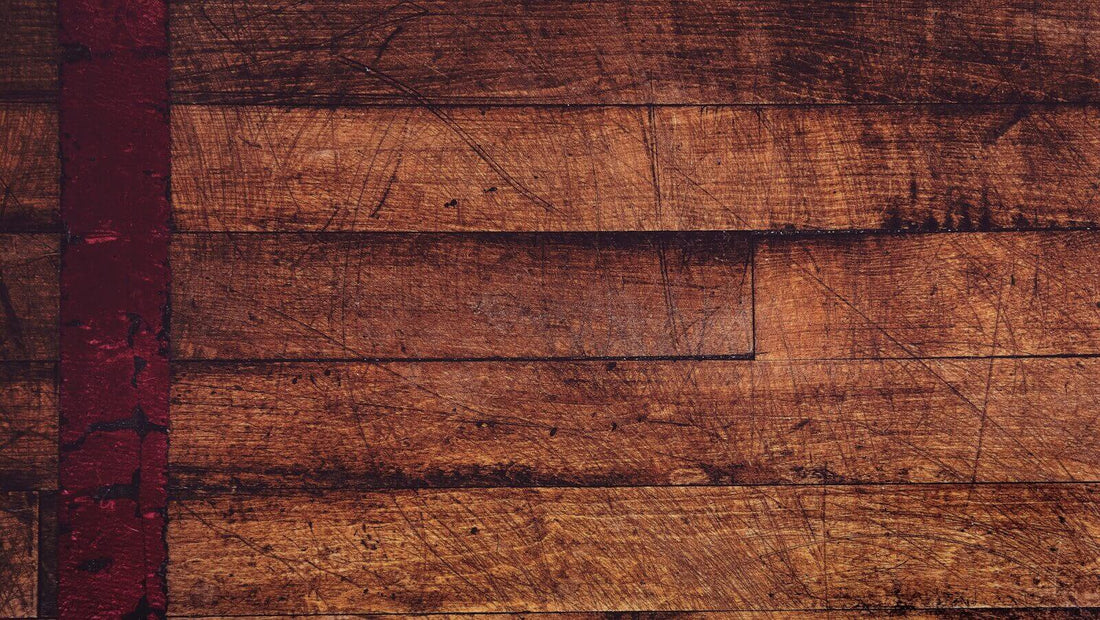
How to Sand Hardwood Floors: The Complete Guide
Sanding hardwood floors can completely transform your home's flooring by restoring its beauty and durability. Over time, hardwood floors can develop scratches, dents, and signs of wear that diminish their appearance. Sanding helps eliminate these imperfections and readies the surface for refinishing, resulting in a flawless and consistent finish. This guide covers the significance of sanding, detailed techniques for achieving the best results, and useful advice for homeowners aiming to improve their living areas.
Identifying the Telltale Signs of Worn Hardwood Floors

A keen eye for detail is essential to identify the subtle yet significant signs that indicate your hardwood floors require sanding. These telltale indicators serve as a warning that the protective finish and the underlying wood itself are in need of attention:
Scratches and Dents
Over time, even the most resilient hardwood floors can succumb to the relentless scuffs and dents of everyday life. Furniture legs, high heels, and playful pets can leave their mark, etching a story of countless memories and lived-in charm. However, when these imperfections become excessive, it's time to consider sanding to restore the floor's smooth, pristine surface.
Fading Finish
The vibrant sheen that once characterized your hardwood floors may gradually fade over time, leaving behind a dull, lifeless appearance. This loss of luster is often caused by exposure to sunlight, cleaning products, and general wear and tear.
Unevenness
If your once-level hardwood floors have developed an uneven surface, it's a clear indication that sanding is needed. This unevenness can manifest in various forms, from subtle ripples to noticeable humps and dips.
Loose or Chipped Finish
A loose or chipped finish is a telltale sign that the protective layer on your hardwood floors is compromised. This can lead to further damage to the wood itself, making sanding an urgent necessity.
Evaluating the Extent of Damage
Determining whether sanding is the appropriate solution for your hardwood floors requires a thorough assessment of the damage. This involves carefully examining the floors for the signs mentioned above, as well as considering other factors:
Depth of Scratches:
If the scratches are superficial, affecting only the surface layer of the finish, sanding can effectively remove them. However, if the scratches penetrate deeper into the wood, sanding may not be sufficient, and more extensive restoration may be necessary.
Overall Condition of the Finish:
If the finish is generally intact, with only localized areas of wear or damage, sanding can be an effective solution. However, if the finish is extensively worn, cracked, or peeling, sanding may not be enough to restore the floors' appearance, and a complete refinishing may be required.
Presence of Warping or Water Damage:
Warping, caused by excessive moisture or humidity, can create an uneven, wavy surface that cannot be rectified by sanding alone. Similarly, water damage can lead to discoloration, staining, and structural integrity issues, requiring more specialized restoration techniques.
Preparation: Setting the Stage for Sanding Success
Achieving a flawless sanding result requires meticulous preparation that goes beyond simply gathering the necessary tools and equipment. It's about creating a safe and efficient workspace that minimizes potential damage and ensures a smooth, uninterrupted sanding process.
- Clearing the room: Before beginning, it's essential to clear the room of all furniture and obstacles. This creates ample space for maneuvering the sanding equipment and prevents accidental damage to items that could be scratched or bumped during the process.
- Protecting surrounding surfaces: Painter's tape applied along the edges of walls and around baseboards acts as a barrier, preventing abrasive particles from settling onto surfaces and making cleanup more manageable afterward.
- Powering off electrical outlets: Turning off electrical outlets in the vicinity of the sanding area eliminates the risk of accidental contact with live wires, reducing the potential for electrical hazards or equipment damage.
Step-by-Step Guide to Sanding Hardwood Floors
Rough Sanding: Removing the Old and Uneven
The first step involves using a rough grit abrasive, usually the 40 - 60 grit choice. This strong paper removes the old finish and uneven spots, leveling the floor surface effectively. It is recommended to use a drum sander or orbital sander at a low speed, moving along the wood grain for best outcomes. Apply even pressure when sanding in small, overlapping areas to achieve a smooth sanded surface. Remember to vacuum regularly to avoid dust accumulation and to keep the sanding process efficient.
Intermediate Sanding: Refining the Surface
After completing rough sanding, the focus shifts to using a medium-grit abrasive, typically around 80 grit. This smoother paper helps to further refine the floor by removing any remaining imperfections from the earlier stage. Keep using the drum or orbital sander, ensuring a steady pressure and following the direction of the wood grain. In case of stubborn imperfections, a handheld sander with a fine-grit abrasive (around 120 grit) can be employed for targeted sanding to attain a flawless finish.
Fine Sanding: Achieving a Polished Finish
For a flawless finish highlighting the natural beauty of the wood, use the finest grit abrasive, approximately 220 grit, with either an orbital sander or handheld sander. Employ small, overlapping strokes, focusing on corners and edges. For hard-to-reach spots, opt for an edge sander or handheld sander with a triangular pad to ensure even sanding. This last sanding stage prepares the hardwood floors for a new finish, ensuring they are ready to shine.
Dealing with Specific Challenges
Even if you are a seasoned hardwood floor refinishing expert, you may encounter challenges that arise during the sanding process. These obstacles, if not addressed properly, can hinder the restoration process and compromise the final outcome.
Conquering Stains, Scratches, and Deeper Damages
Stains, scratches, and deeper damages can present formidable challenges during sanding. For stubborn stains, a combination of sanding and specialized stain removers may be necessary. Deeper scratches and gouges may require filling with wood filler or epoxy resin before sanding to create a level surface. For more extensive damage, consider consulting a professional restorer.
Seamlessly Blending Old and New Wood
It is important to seamlessly blend old and new wood when sanding transitions. Begin by using finer grit sandpaper to feather the edges of the new wood, then gradually shift to the coarser grit for the old wood. This method results in a uniform and smooth transition.
Navigating Diverse Wood Grain Patterns
Different wood grain patterns require tailored sanding approaches. For straight grains, sanding with the grain produces optimal results. For curly or irregular grains, a diagonal sanding motion can help minimize swirl marks. Remember to adjust the sanding speed and pressure based on the wood's hardness and the desired finish.
Sand Your Hardwood Floors With Products From Fastplus Abrasives
Regularly sanding hardwood floors is essential to restore their beauty and durability. Fastplus Abrasives provides high-quality products like sanding discs and rolls, ensuring a flawless finish. Whether tackling scratches, unevenness, or blending old and new wood, our abrasives are designed for professional results. Trust Fastplus Abrasives to help you achieve floors that enhance the charm and value of your home, ensuring they look their best for years to come.
